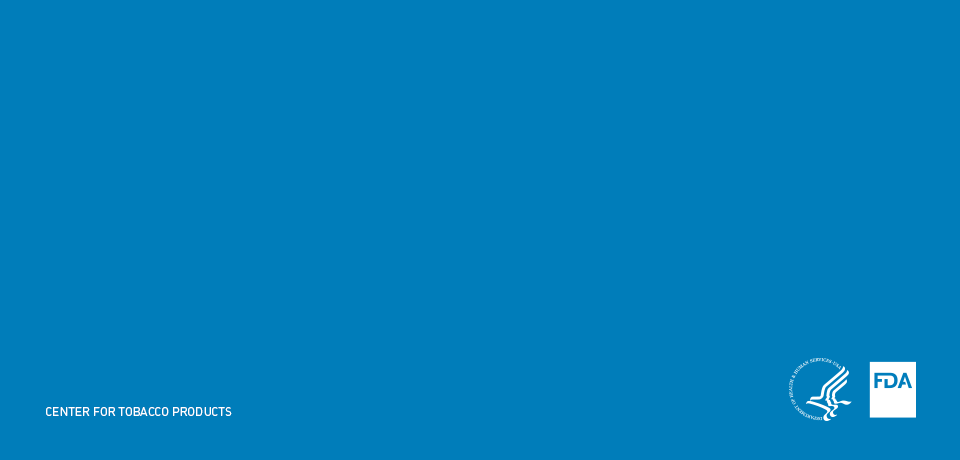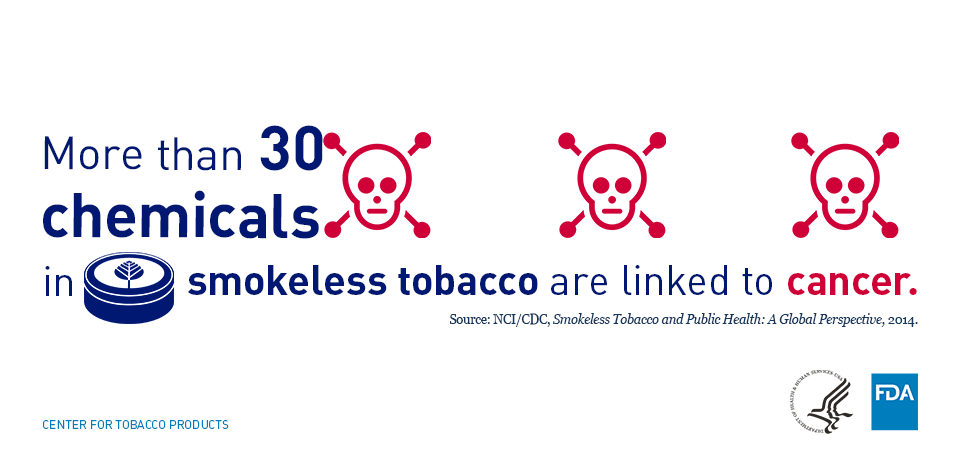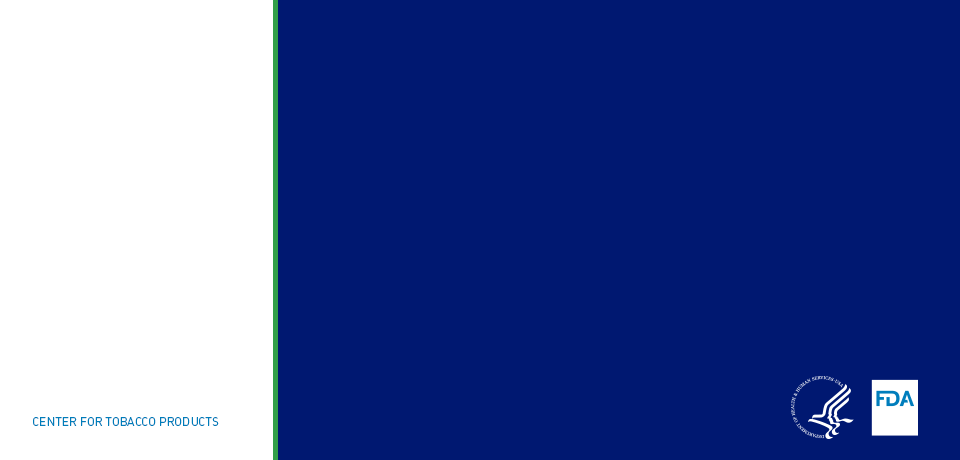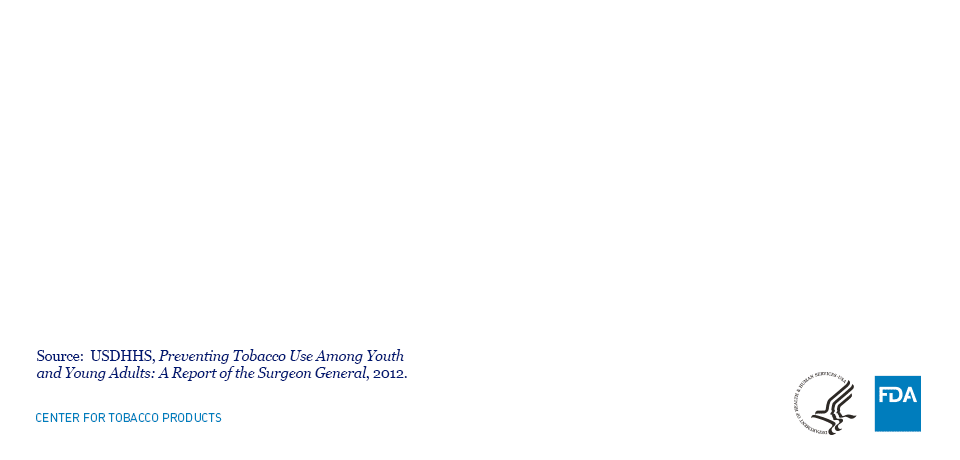Dip, Chew, Snuff, Snus: “Smokeless” Doesn’t Mean “Safe”
Dip, chew, snuff, snus. Whatever you call it, smokeless tobacco is addictive and contains chemicals that make it more dangerous than you may think. On Thursday, February 23, we observe the Great American Spit Out, a national event organized by the U.S. Department of Defense, in which all Americans and veterans in particular, are asked to “drop the dip”.
While you probably know tobacco is harmful to your health, did you also know it’s not just the results of inhaling cigarette smoke that cause disease? Many people think the “smokeless” in “smokeless tobacco” means it is harmless. Although you don’t inhale smokeless tobacco, there are still more than 4,000 chemicals in these products, and as many as 30 of these have been linked to cancer.1
When you chew smokeless tobacco, the addictive chemical nicotine is absorbed through the tissue in your mouth, and other chemicals such as lead, formaldehyde, and carcinogens, like cadmium and arsenic, are also released.2
Each year in the U.S., more than 2,300 people are diagnosed with oral, esophageal, and pancreatic cancers caused by smokeless tobacco use. Of this number, 1,600—about 70 percent—are oral cancer.1
In addition to cancer, smokeless tobacco use is responsible for gingivitis and periodontitis,3 tooth loss as a result of gum disease,4 cavities, and stained teeth. Using these products may also increase the risk of heart disease and stroke.1
There is no safe level of smokeless tobacco use. And smokeless users can experience health consequences at any age, even as teenagers.5 Despite age restrictions on its use, teens are still at risk for the negative effects of smokeless tobacco use, particularly white, rural, teen boys who often see their male role models using “dip”.
Each day in the United States, nearly 1,300 youth under 18 years of age use smokeless tobacco for the first time, more than 950 of whom are male. This is nearly as many boys who try cigarettes for the first time each day.6 Because addiction starts early—nearly 80 percent of adult daily smokeless users began using it before age 18—early intervention with teen boys is critical.
The FDA’s “The Real Cost” Campaign aims to change the attitudes, behaviors, and beliefs that lead male youth to begin using it in the first place.
With no safe amount of smokeless tobacco, the best option is to remain tobacco-free and never start. But if you use smokeless tobacco, quitting is the most important step you can take to improve your health, and there is no better time than the present.
Find more resources about smokeless tobacco and how to quit below:
- Find Real Cost Smokeless campaign educational resources
- Learn about Different Types of Tobacco Products
- Order Free Public Educational Resources about Smoking
1. National Cancer Institute (NCI), Centers for Disease Control and Prevention (CDC). Smokeless Tobacco and Public Health: A Global Perspective. Bethesda, MD: U.S. Department of Health and Human Services, Centers for Disease Control and Prevention and National Institutes of Health, National Cancer Institute. NIH Publication No. 14-7983; 2014.
2. Food and Drug Administration (FDA). Harmful and potentially harmful constituents in tobacco products and tobacco smoke: established list. Federal Register. 2012; 77(64): 20034-20037.
3. International Agency for Research on Cancer (IARC). Smokeless Tobacco and Some Tobacco-Specific N-Nitrosamines. Lyon, France. World Health Organization, International Agency for Research on Cancer; 2007.
4. U.S. Department of Health and Human Services (USDHHS). Preventing Tobacco Use among Youth and Young Adults: A Report of the Surgeon General. Atlanta, GA: U.S. Department of Health and Human Services, Centers for Disease Control and Prevention, National Center for Chronic Disease Prevention and Health Promotion, Office on Smoking and Health; 2012.
5. Martin GC, Brown JP, Eifler CW, Houston GD. Oral leukoplakia status six weeks after cessation of smokeless tobacco use. J Am Dent Assoc. 1999; 130(7):945-54.
6. Substance Abuse and Mental Health Services Administration (SAMHSA). 2017 National Survey on Drug Use and Health: Detailed Tables. Rockville, MD: U.S. Department of Health and Human Services, SAMHSA, Center for Behavioral Health Statistics and Quality; 2018. https://www.samhsa.gov/data/sites/default/files/cbhsq-reports/NSDUHDetailedTabs2017/NSDUHDetailedTabs2017.pdf. Accessed October 12, 2018. (Original Data Source: NSDUH 2017, Table 4.10A)




